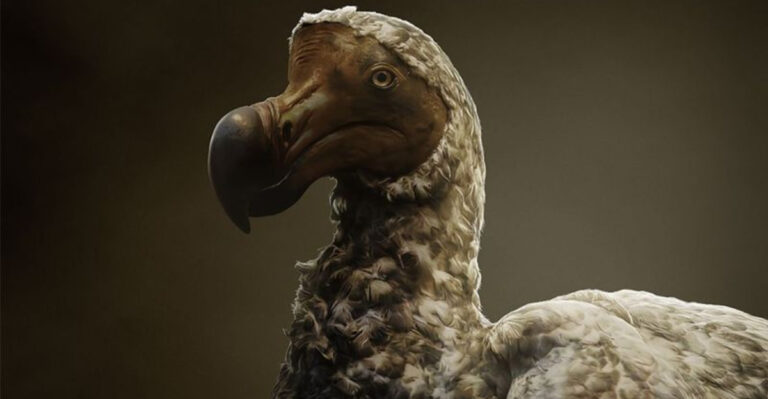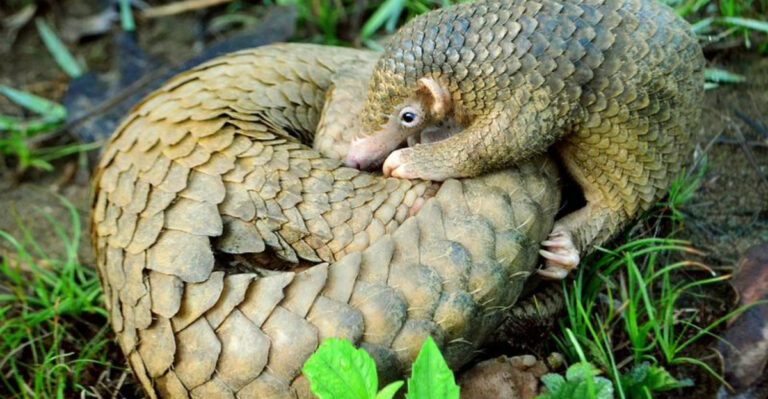This One U.S. State Is Fighting To Save Its Last Remaining Wild Big Cats
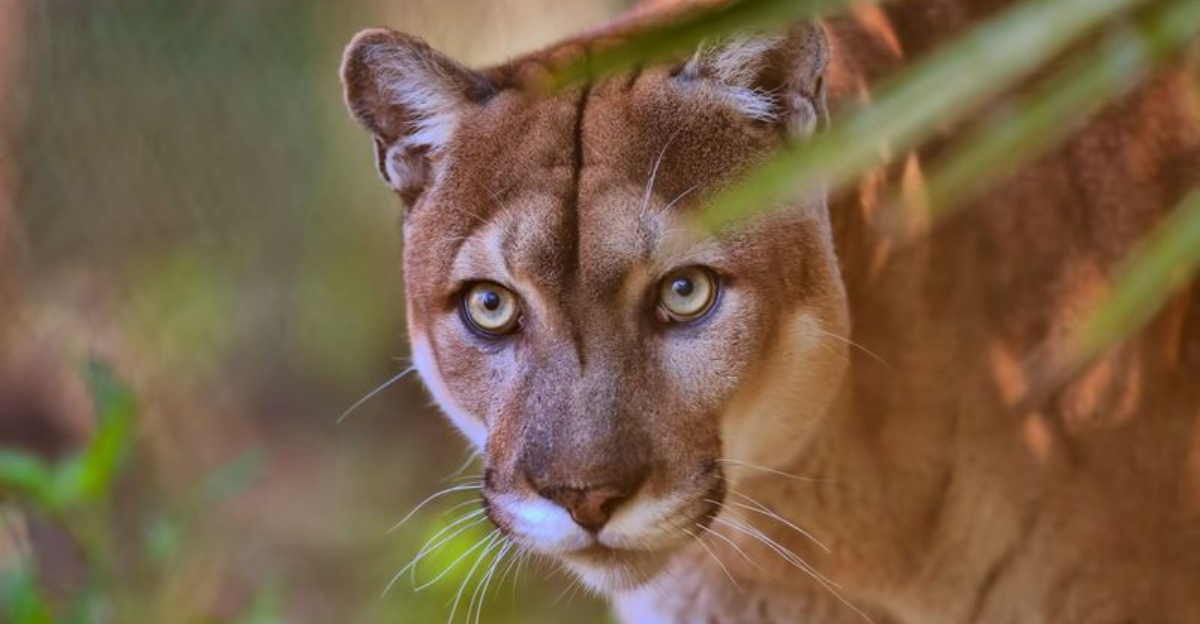
America once had majestic wild cats roaming across the nation, from mountain lions in California to panthers in the Carolinas. Today, only one native big cat population survives in the wild east of the Mississippi River – the Florida panther.
These magnificent creatures now cling to existence in the southern tip of Florida, with fewer than 200 remaining in the wild. Their story is both a warning about extinction and a testament to conservation efforts that refuse to let these cats disappear forever.
1. The Last Stand: Why Florida Panthers Are On The Brink
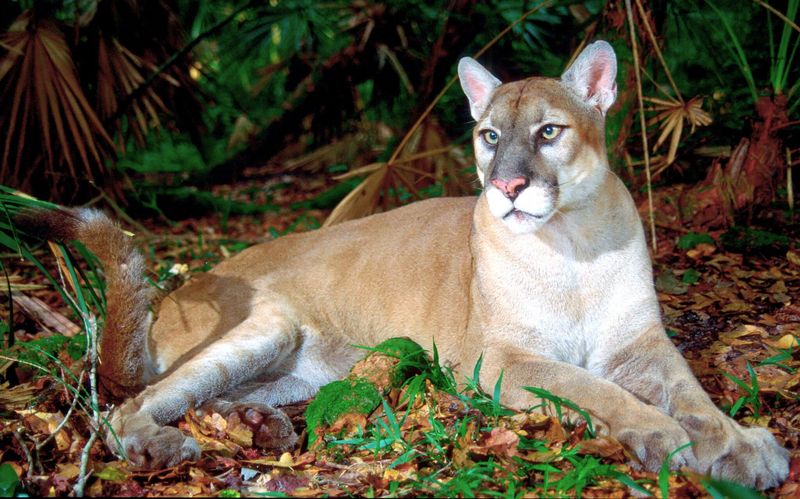
Florida panthers represent the last breeding population of pumas in the eastern United States. Once ranging throughout the Southeast, these tawny cats now occupy less than 5% of their historic territory.
Habitat fragmentation, road mortality, and genetic isolation have pushed them to the edge. Despite being Florida’s official state animal since 1982, fewer than 200 adults remain in the wild today.
2. Where They Still Roam: The Panther’s Remaining Territory
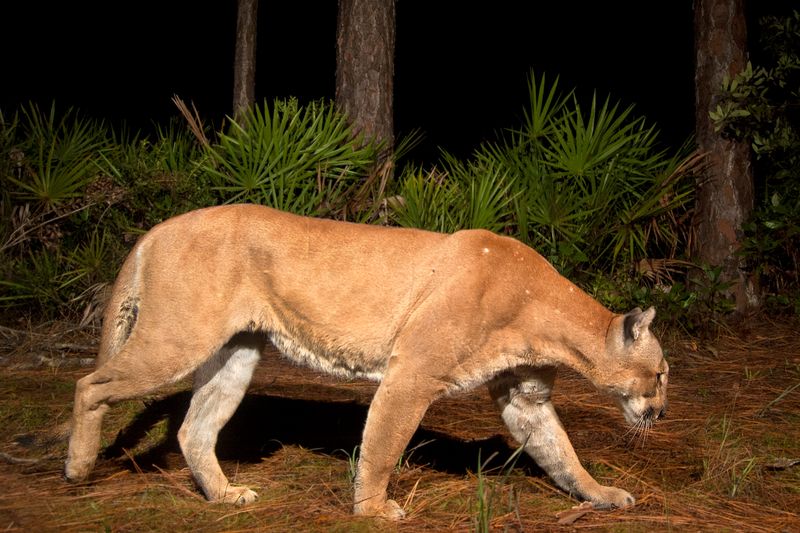
Panthers now survive primarily in southwest Florida’s patchwork of swamps and forests. Big Cypress National Preserve and Florida Panther National Wildlife Refuge form the core of their territory.
Male panthers require up to 200 square miles to thrive, while females need about 75 square miles. This massive space requirement collides with Florida’s rapid development, creating a desperate race for territory preservation.
3. Roads Vs. Wildlife: How Highways Are Killing Panthers
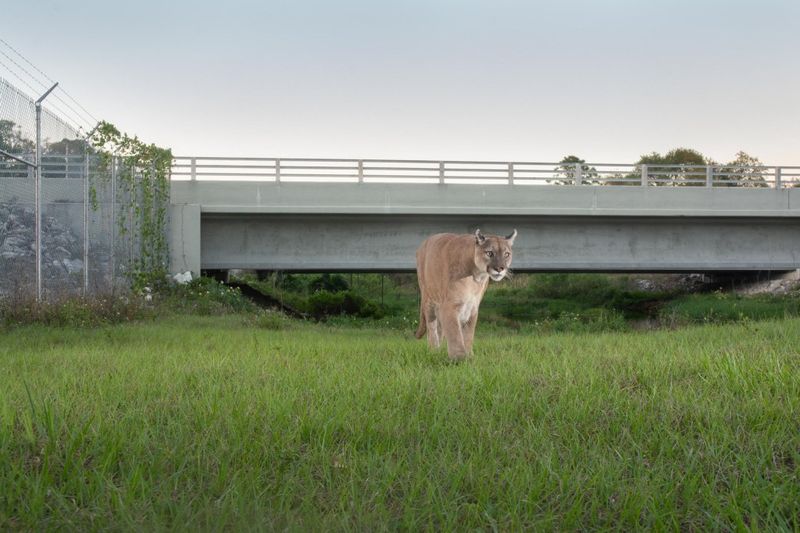
Vehicle strikes remain the leading documented cause of panther deaths. In 2021 alone, 21 panthers were killed on Florida’s roads – that’s over 10% of the entire population gone in just one year.
Interstate 75 cuts directly through critical panther territory. These nocturnal hunters cross roads while searching for prey, mates, or new territory, often with fatal consequences.
4. Habitat Lost: What Sprawl Has Stolen From The Wild
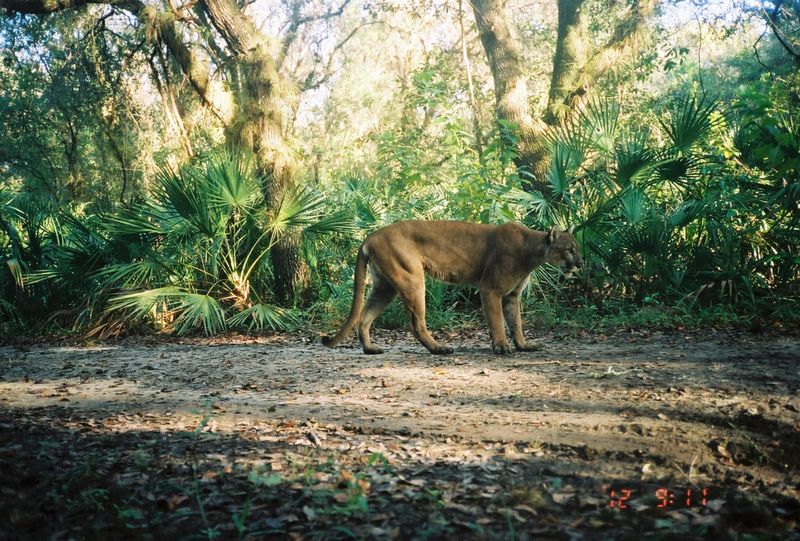
Florida gains nearly 1,000 new residents daily, transforming panther habitat into housing developments at an alarming rate. Each new subdivision fragments their territory further.
Panthers once roamed freely across Florida’s vast wilderness. Now they navigate an obstacle course of golf courses, parking lots, and backyard pools.
Each acre lost is irreplaceable for these territorial cats.
5. A Genetic Crisis: Why Inbreeding Could Doom The Species
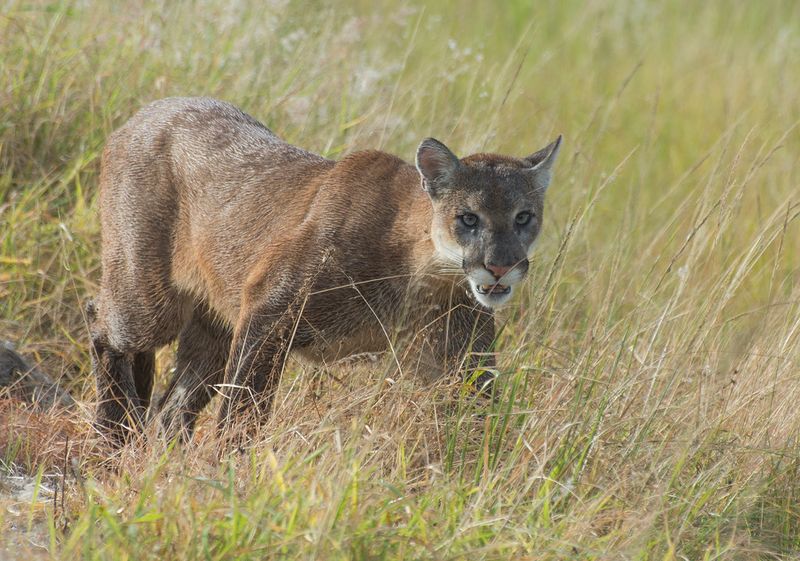
By the 1990s, Florida panthers showed alarming signs of inbreeding depression – kinked tails, heart defects, and poor sperm quality threatened their survival. The population had dwindled to just 20-30 adults.
Genetic testing revealed dangerous levels of DNA similarity. Without intervention, scientists predicted extinction within decades as reproductive problems mounted.
6. Panther Under Pressure: Rising Conflicts With Humans
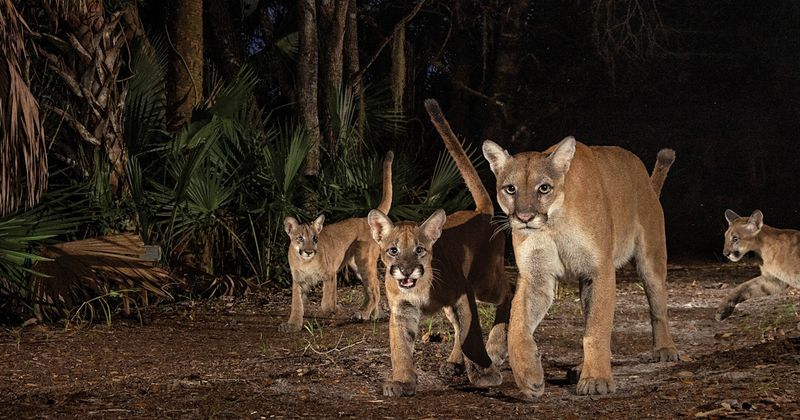
As housing developments push deeper into wild areas, panther sightings in neighborhoods have increased. Security cameras now occasionally capture these elusive cats prowling through suburban backyards.
Livestock predation creates tension with ranchers. A single panther might take several calves yearly, creating financial hardship for small operations.
Conservation success paradoxically increases conflict potential.
7. Crossing The Line: Wildlife Corridors That Could Save Them
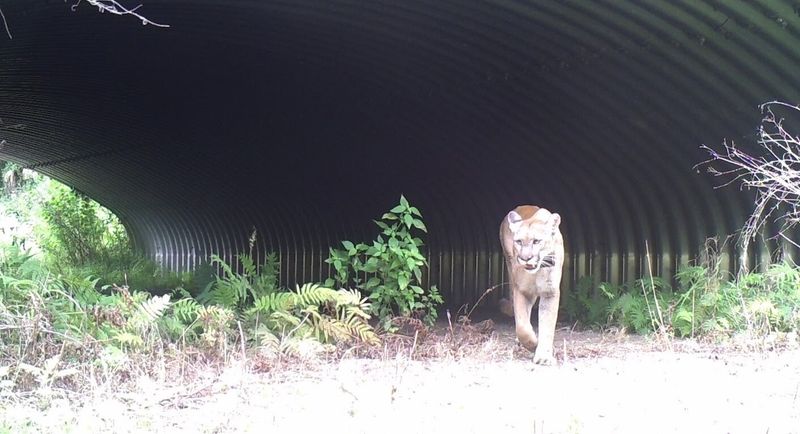
Florida has pioneered wildlife underpasses along dangerous road segments. These concrete tunnels, combined with fencing, have reduced panther deaths by 90% in key areas.
The Florida Wildlife Corridor Act of 2021 represents a breakthrough, protecting 18 million acres of connected habitat. Conservation groups now purchase strategic land parcels to maintain vital pathways between isolated panther populations.
8. Ghosts Of The Everglades: Why You’ll Rarely See One
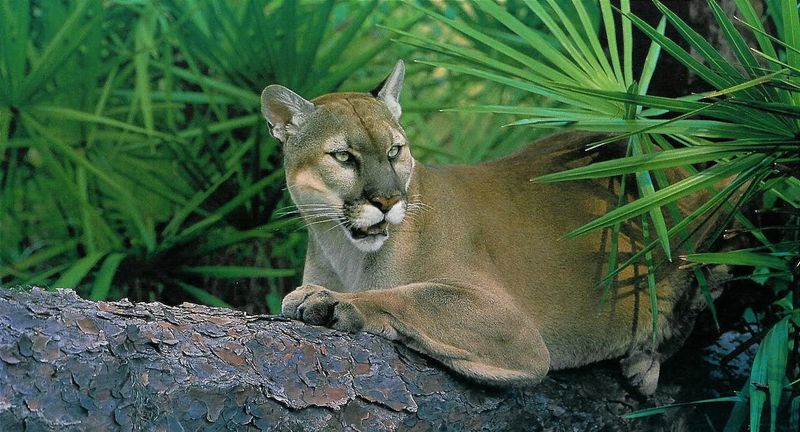
Florida panthers earned their nickname as “ghosts” because of their incredible elusiveness. Most Floridians will never glimpse one despite living near their habitat.
These solitary hunters move primarily at night, when their exceptional vision gives them an advantage. They communicate through scrapes on trees and distinctive calls that sound eerily like a woman screaming.
9. From The Brink: How Texas Cougars Saved Florida’s Panthers Once
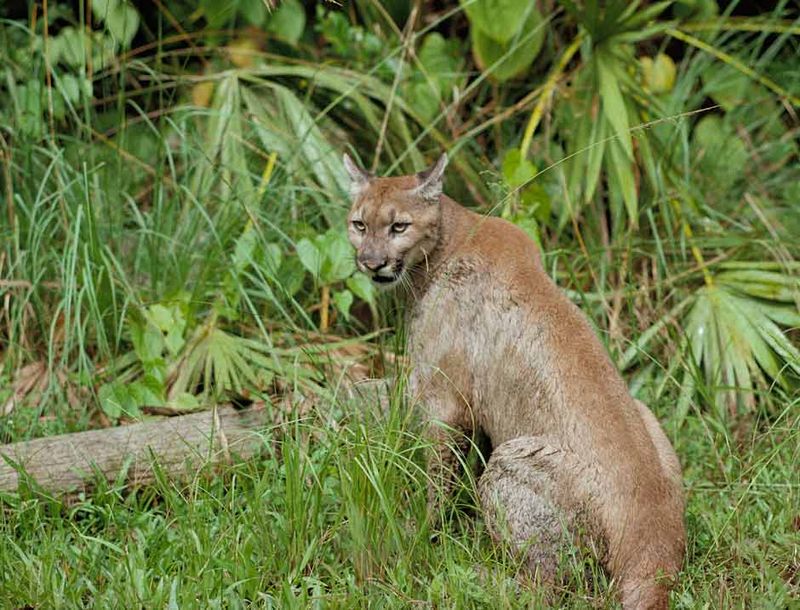
In a desperate 1995 experiment, wildlife officials released eight female Texas cougars into Florida panther territory. The genetic rescue worked remarkably well.
These western cousins introduced fresh genes that eliminated many defects plaguing the inbred population. Within three generations, the panther population tripled, and survival rates improved dramatically.
Scientists now debate whether another genetic infusion is needed.
10. Tracking The Elusive: How Researchers Monitor Florida Panthers
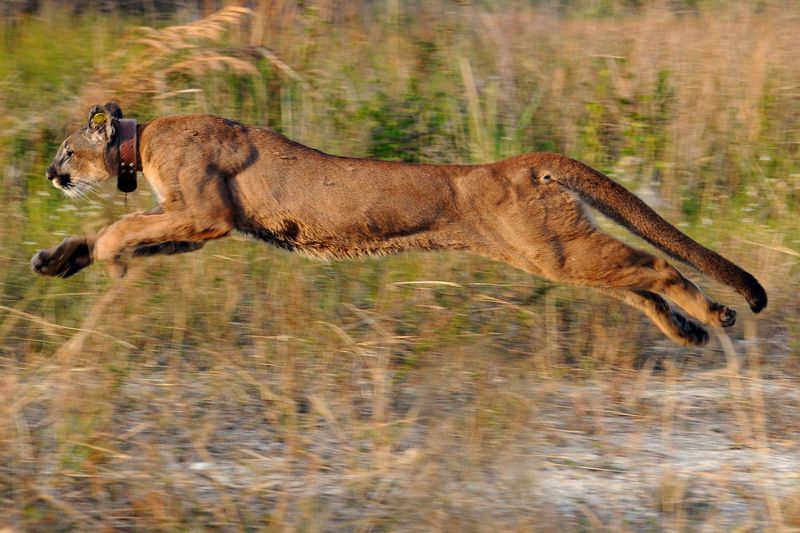
Modern conservation relies on high-tech tools to protect these secretive cats. GPS collars transmit location data every few hours, creating detailed movement maps that guide habitat protection efforts.
Trail cameras stationed at wildlife crossings capture thousands of images annually. Scientists also collect DNA from scat samples, providing insights into health, diet, and family relationships without ever seeing the animal.
11. Crimes Against Wildlife: The Ongoing Threat Of Illegal Hunting
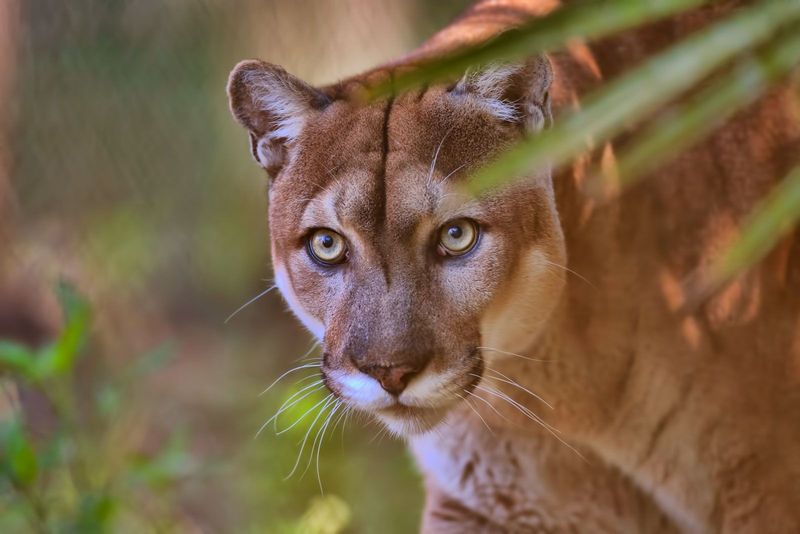
Though federally protected since 1967, Florida panthers still face illegal hunting. Several poaching cases have been prosecuted in recent years, with penalties including jail time and substantial fines.
Some ranchers illegally shoot panthers that threaten livestock. Each loss is devastating for such a small population, potentially removing valuable genetic diversity and disrupting territorial stability.
12. Hope On The Horizon: The People Fighting To Save Florida’s Big Cats
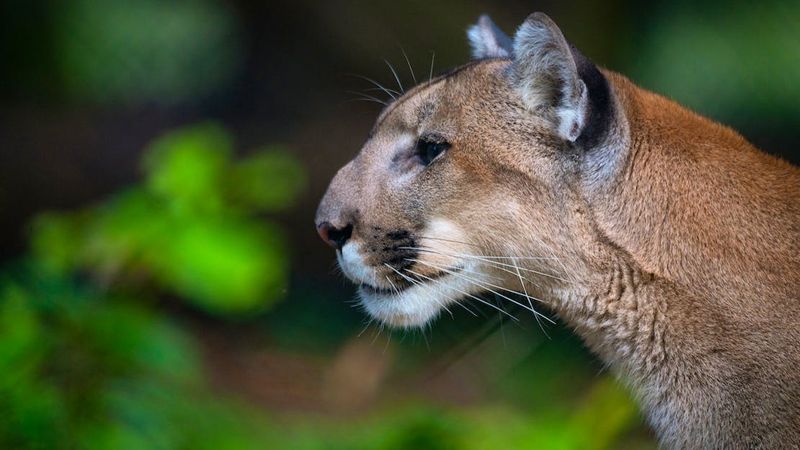
A dedicated network of scientists, conservationists, and volunteers works tirelessly to protect Florida’s panthers. Their efforts include habitat restoration, public education, and political advocacy.
The Panther Response Team investigates sightings and human conflicts. Meanwhile, veterinarians at specialized facilities rehabilitate injured panthers for potential release back into the wild.
Every success story fuels their determination.


